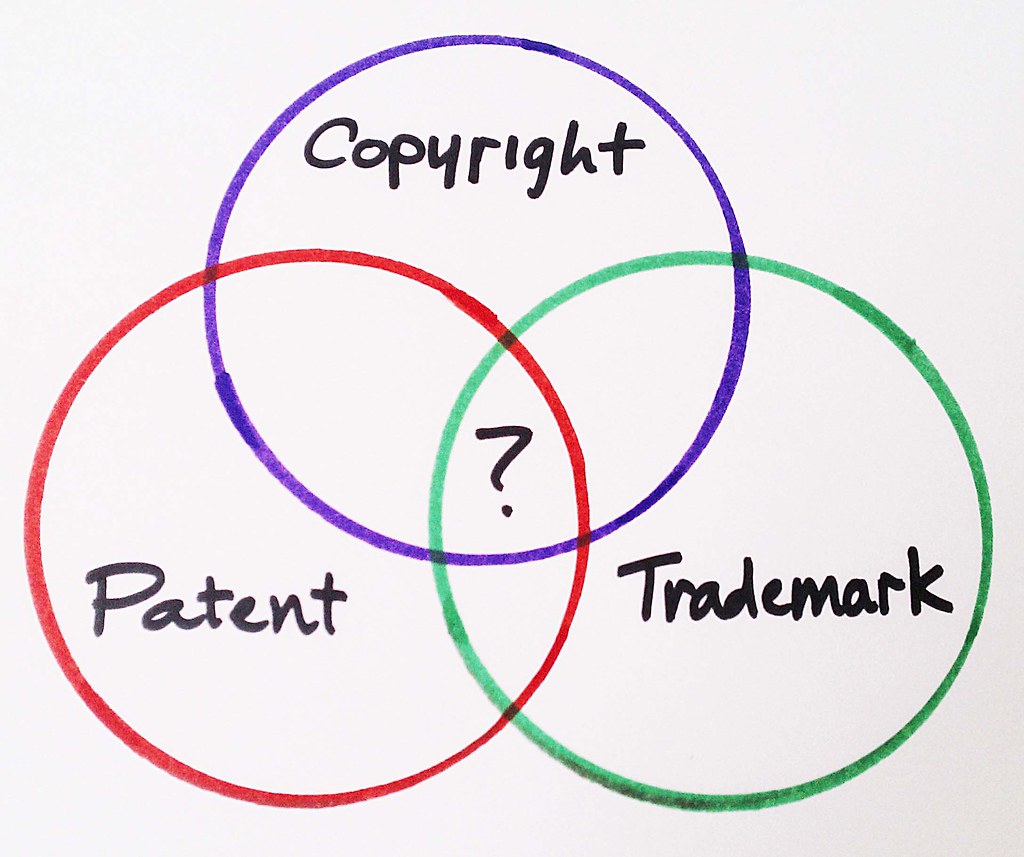In today’s rapidly evolving digital world, safeguarding your intellectual property (IP) is more important than ever. Whether you are an entrepreneur, artist, or inventor, understanding the differences between trademarks, copyrights, and patents is crucial. Each of these IP protections serves a unique purpose and offers distinct benefits. This guide will delve into the nuances of trademarks, copyrights, and patents, helping you choose the right protection for your valuable creations.
What is a Trademark?
Definition and Purpose
A trademark is a symbol, word, or phrase legally registered or established by use as representing a company or product. Trademarks help consumers identify and distinguish the source of goods or services, ensuring brand recognition and trust.
How to Obtain a Trademark
To secure a trademark, you need to file an application with the United States Patent and Trademark Office (USPTO) or the relevant authority in your country. The application process involves demonstrating that your mark is distinctive and used in commerce.
Benefits of Trademarks
- Brand Protection: Trademarks safeguard your brand identity against unauthorized use.
- Consumer Trust: Builds consumer confidence and loyalty by ensuring consistent quality.
- Legal Rights: Grants exclusive rights to use the mark and enforce it legally.
What is Copyright?
Definition and Purpose
Copyright protects original works of authorship, such as books, music, and artwork. This legal protection grants the creator exclusive rights to reproduce, distribute, perform, and display their work.
How to Register a Copyright
Copyright protection is automatic upon the creation of a work, but registering it with the U.S. Copyright Office provides legal advantages, such as the ability to sue for infringement. Registration involves submitting a copy of the work and paying a fee.
Benefits of Copyright
- Exclusive Rights: Ensures control over how your work is used and shared.
- Monetary Gains: Allows you to earn royalties through licensing.
- Legal Protection: Provides a basis for legal action against unauthorized use.
What is a Patent?
Definition and Purpose
A patent grants an inventor exclusive rights to their invention, preventing others from making, using, or selling it without permission. Patents typically protect new and useful inventions or discoveries, including processes, machines, and compositions of matter.
How to Obtain a Patent
The patent application process is detailed and often requires the assistance of a patent attorney. It involves submitting a thorough description of the invention to the USPTO, including claims that define the scope of the invention’s protection.
Benefits of Patents
- Exclusive Control: Protects your invention from unauthorized use.
- Market Advantage: Provides a competitive edge and can attract investors.
- Revenue Potential: Patents can be licensed or sold, generating income.
Key Differences Between Trademarks, Copyrights, and Patents
Scope of Protection
- Trademarks: Protect brand names, logos, and slogans.
- Copyrights: Safeguard literary, musical, and artistic works.
- Patents: Cover inventions and discoveries.
Duration of Protection
- Trademarks: Can last indefinitely with proper maintenance.
- Copyrights: Generally last for the life of the author plus 70 years.
- Patents: Typically last 20 years from the filing date.
Application Process
- Trademarks: Requires filing an application with proof of distinctiveness.
- Copyrights: Automatic upon creation but registration provides legal benefits.
- Patents: Involves a detailed application and often legal assistance.
Common Questions About IP Protections
Can I trademark a book title?
No, single book titles cannot be trademarked. However, series titles can be.
Can an idea be copyrighted?
No, only the expression of an idea can be copyrighted, not the idea itself.
How long does it take to get a patent?
The patent application process can take several years, depending on the complexity of the invention and the backlog at the patent office.
Is it expensive to file for IP protection?
The cost varies. Trademark and copyright registration fees are relatively low, while patent applications can be expensive due to legal fees and the complexity of the process.
Can I have multiple types of IP protection for one creation?
Yes, a product can have its brand trademarked, its marketing materials copyrighted, and its unique features patented.
Conclusion
Understanding the distinctions between trademarks, copyrights, and patents is essential for effectively protecting your intellectual property. Each type of protection offers unique benefits and legal safeguards. By choosing the right form of IP protection, you can ensure your creations, brand, and inventions are secure.
Strategies to Consider
- Use Engaging Headlines: Catch the reader’s attention with compelling and relevant headlines.
- Incorporate Multimedia: Enhance your content with images, videos, and infographics.
- Optimize for SEO: Use keywords strategically throughout your article to improve search engine ranking.
- Promote on Social Media: Share your content across various platforms to increase visibility.
- Engage with Readers: Encourage comments and interactions to build a community around your content.
Internal Linking Opportunities
- Link to an article on how to register a trademark.
- Link to a guide on patent application processes.
- Link to a blog post about the benefits of copyright protection.
External Authoritative Sources

1 thought on “Trademark vs. Copyright vs. Patent: Understanding Intellectual Property Protections”